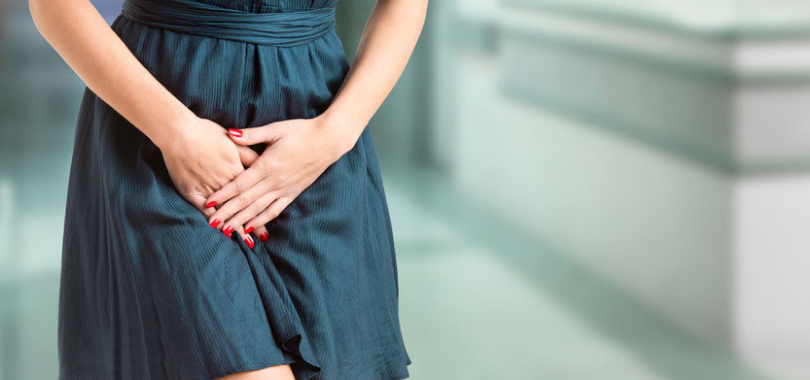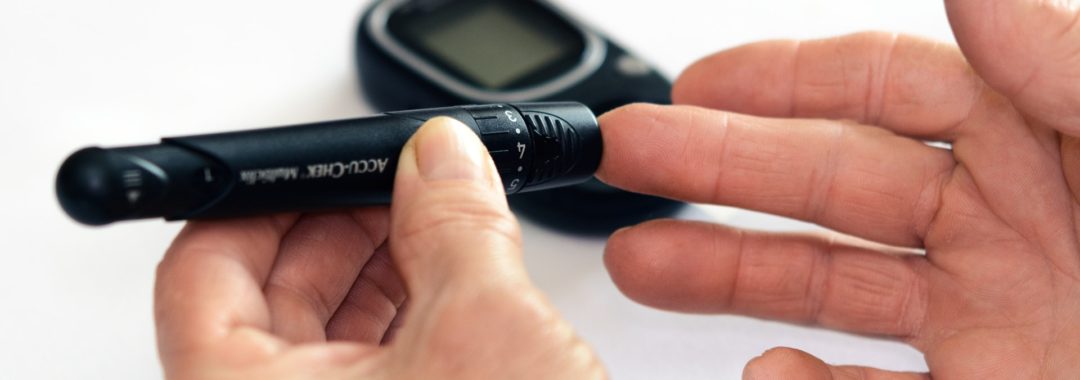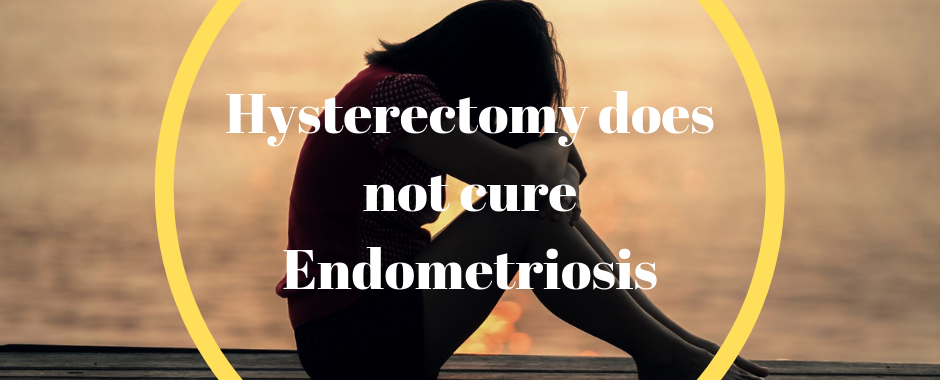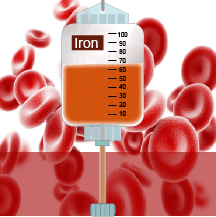Incontinence is often an embarrassing condition that will have more than a third of people suffering in silence because they are too embarrassed to seek treatment. Both men and women can suffer incontinence.
Although patients don’t die of incontinence, they often can’t live a fully productive life, they may have to curtail their workload or change jobs. Many factory workers and school teachers are only allowed set times for toilet breaks, so patient with urge incontinence may have to change jobs.
Patients who work in the military or the police force may have to resort to desk jobs. Too many women with incontinence stop having sexual intercourse, either because they are afraid they will leak during sex, or else they actually do leak, either at penetration, or at time of orgasm, which can be very disastrous. While men can also suffer incontinence, I am mainly going to focus on the causes of incontinence in women for this post.
Many people do not seek treatment
Many people don’t seek treatment because they also believe that surgery is their only option. Nothing could be further from the truth and surgery should only be used as a last resort once conservative methods have been used and aren’t working.
Even then, the surgical approaches used today are less invasive, are very effective and the recovery is very quick. It is not like it was 10-20 years ago. Keyhole surgery has really made major changes in this area and new surgical techniques are so highly effective.
I know people want to avoid any surgery, but sometimes it is needed and these days the recovery rates are so quick. A few days out of your life for recovery, can actually change your whole life. I just do not understand why anyone would put up with a life with incontinence, prolapse, or weak pelvic floor, when these issues are so easily fixed these days. I know many patients are so amazed at how easily their incontinence issues was fixed and how amazing they feel in getting their life back again. No more leakage when they laugh, cough, or exercise.
Incontinence does not have to be a normal part of life
Some people never seek treatment believing that incontinence is just a normal part of life. Again, this is not true and all and I encourage anyone with incontinence to talk to Urodynamic/Pelvic floor specialist, so they can help treat you and can also refer you to the right people for treatment and management if needed.
I know the pelvic floor/urodynamic surgeon I work closely with is amazing and what he can do for women and these issues is amazing too. Then I just help with the management on a more multimodality approach, moving forward.
Surgery may be necessary, but not always
Like I said before, surgery isn’t always needed. Many times conservative measures such as pelvic floor exercises, core strengthening, bladder toning, topical estrogen therapy, internal TENS (electrostimulation) and pulse magnetic therapy can all product fantastic long term treatment to this often debilitating condition, without the need for surgery.
There are also some special rings and other devices that can be used to prevent leakage and support prolapsed bladder and also vaginal prolapse causing incontinence. Men with incontinence also have options at hand and these can also be explored well before surgery is needed.
What people need to be aware of too, is that if you have been doing all the conservative treatments, and they aren’t helping, then it is time to get some surgical intervention. I think people think that pelvic floor exercises with fix all bladder and pelvic floor issues, and this doesn’t work, then there is nothing that can be done to help them. I need for all women (and men) to know that there is always help for bladder and pelvic floor issues and you just need to see a specialist, not just your GP.
Natural Medicines
On a natural medicine level, acupuncture and chinese herbal medicines may assist in the treatment and management of pain, alongside medical treatments and interventions.
Yoga and Pilates may also help toning of the pelvic floor and help managing incontinence, pelvic floor and post-surgical management of prolapse too.
How incontinence and other bladder issues is defined
Incontinence and bladder issues are defined as needing to pass urine more than 8 times per day, leakage of urine through cough, sneeze, urge, or without cause. It is important to seek help if you notice damp underwear, need to use pads because of leakage or are constantly running to the loo to pass urine.
The different types of incontinence
There are many different types of incontinence with the main ones defined as stress incontinence, urge incontinence and voiding dysfunction/incomplete emptying.
There is also mixed incontinence (mix of the 3 main ones) and also a term called overactive bladder syndrome which can be a mixture of all forms of incontinence. There are also inflammatory bladder conditions that cause incontinence such as bacterial cystitis and interstitial cystitis.
Physical issues such as previous surgery, childbirth and prolapse can also cause incontinence too.
The first task for the clinician is to find out how severe the incontinence is, based on the frequency of leakage, whether the woman finds it necessary to use incontinence pads, and if so how many pads. Some patients may prefer to change their underwear more frequently, while others may tuck tissue paper inside their underwear, and just throw away the tissues whenever they are damp.
The classic feature of stress incontinence is that the patient leaks with coughing, sneezing, laughing, running, playing sport or lifting heavy objects
The classic feature of urge incontinence is that the patient rushes to the toilet with an urgent desire to pass urine, but as she gets to the loo and is taking down her trousers, the urine comes away from her- sometimes before she has even sat down. Unfortunately these patients cannot predict when these bladder spasms will come upon them, and therefore can’t really tell when they are likely to leak.
Nocturia is defined as being woken up by your bladder needing to go to the toilet- as opposed to being woken up by a crying baby, a snoring husband, or menopausal night sweats. However nocturia is age dependent. Nocturia is defined as waking 1 or more times per night if under 60 years of age
Typically a patient with Voiding dysfunction/ Emptying difficulty has to strain to commence voiding (called “hesitancy”). They may also have observed that when they compares themselves to other women urinating in the toilets at the movies or in airports, her stream seems poorer than others with the urine dribbling out more slowly. These women will often also describe the sensation of incomplete emptying and may need to go back to the toilet within a relatively short time to re-void. Sometimes these women will leak as they get off the toilet, which is how the realise that they are not empty. This is called post-micturition dribble incontinence.
Incontinence in males
In males these symptoms most commonly occur when the prostate gland is enlarged- causing a relative urethral obstruction and making it more difficult for the urine to get out. These men have chronic high residual urine, so they end up going to the toilet very frequently in a vain attempt to empty out. They often dribble urine onto their clothes. When such men have prostatic surgery they usually find that their urine flow rate returns to normal and they usually stop dribbling.
Inflammation in the bladder leading to pain
We will also need to explore how inflammation of the urinary bladder leads to suprapubic pain, and consider the two main causes of this, Bacterial Cystitis and Interstitial Cystitis .It often feels difficult to treat incontinence in the presence of bacterial cystitis, because such patients are overwhelmed by frequency and urgency of micturition and they may experience disabling suprapubic pain. It is fixable with the right treatment though. It all gets back to who is managing you.
On the other hand, a separate cause of Urinary Pain, called Interstitial Cystitis, does not usually cause much incontinence at all- it just causes suprapubic (bladder) pain with severe frequency and urgency of micturition. You can read my post about Interstitial Cystitis
The overactive bladder (OAB) is a clinical syndrome, not a urodynamic diagnosis. It comprises frequency, urgency, and nocturia, with or without urge incontinence.
Gynaecological conditions such as Endometriosis and Adenomyosis etc can also cause issues with bladder and pelvic floor.
Please read my post on Atrophic vaginitis as this is also another cause of weakness in the pelvic floor and bladder and could be a cause of incontinence.
Solutions for incontinence, bladder issues, & pelvic floor issues
No matter what sort of incontinence you have, there is always an answer and a solution to your problem. Not all solutions are surgical either. More often than not some conservative treatments, some exercises and some complementary therapies is all that is needed.
Sometimes all some women need is some treatments with estrogen creams to help with tone in the vagina, bladder and pelvic floor
Surgery and now bionic devices are always an option for those whom have tried conservative options and aren’t getting the desired results. Surgery is often used because of quality of life issues. Again surgery these days is so effective and less invasive and the recovery is so much quicker due to keyhole surgery and new surgical interventions.
See a Urodynamic Specialist
If you are experiencing incontinence or bladder issues, please talk to your healthcare practitioner and please book in to see a good pelvic floor/urodynamic specialist, This way you can be evaluated properly and see what is going on and implement the right treatment strategies to get your quality of life back again.
Many times there may be an easy non-invasive treatment for your particular issues. Even when surgical intervention is needed, these days even this is less invasive than it used to be and the recovery and results are very quick.
Please read my post of Atrophic Vaginitis as well as this all ties into this area too, especially for those women in the menopause and post menopausal time of their life.
Regards
Andrew Orr
-No Stone Left Unturned
– Women’s & Men’s Health Advocate
-The Women’s Health Experts











